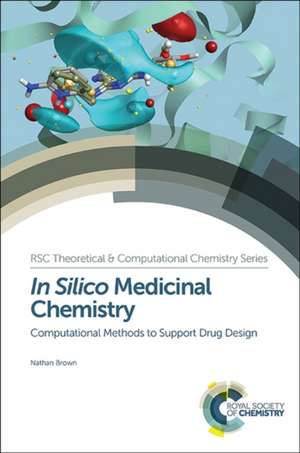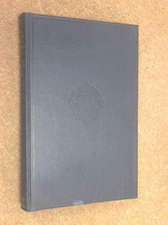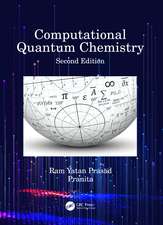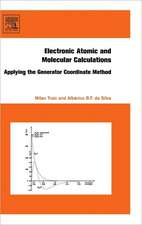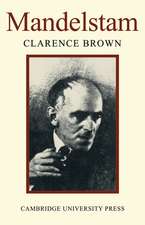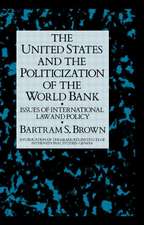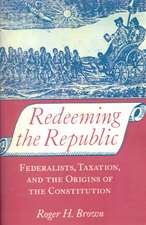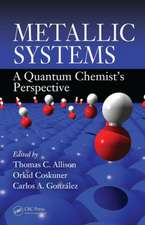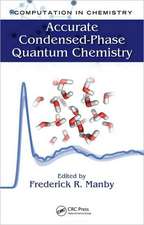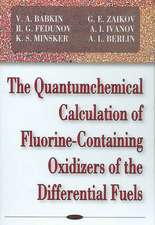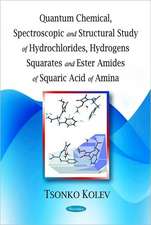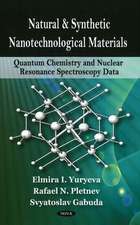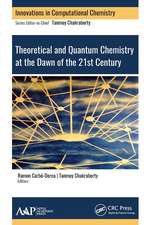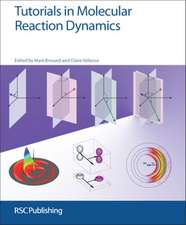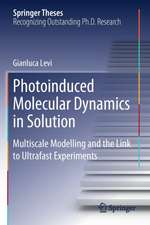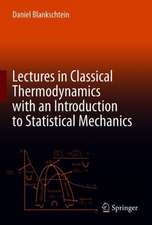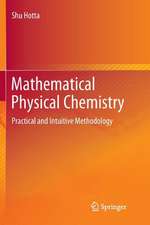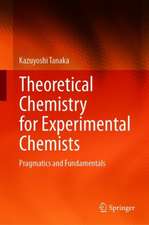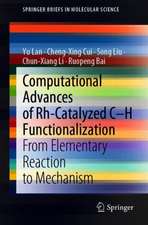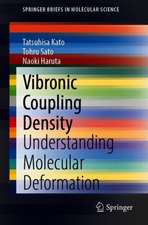In Silico Medicinal Chemistry: Computational Methods to Support Drug Design: RSC Theoretical and Computational Chemistry, cartea 8
Autor Brownen Limba Engleză Hardback – 29 sep 2015
Preț: 1301.08 lei
Preț vechi: 1512.88 lei
-14% Nou
Puncte Express: 1952
Preț estimativ în valută:
248.96€ • 259.93$ • 206.05£
248.96€ • 259.93$ • 206.05£
Carte disponibilă
Livrare economică 14-28 martie
Preluare comenzi: 021 569.72.76
Specificații
ISBN-13: 9781782621638
ISBN-10: 1782621636
Pagini: 232
Ilustrații: NO
Dimensiuni: 163 x 236 x 18 mm
Greutate: 0.5 kg
Editura: Royal Society Of Chemistry
Seria RSC Theoretical and Computational Chemistry
ISBN-10: 1782621636
Pagini: 232
Ilustrații: NO
Dimensiuni: 163 x 236 x 18 mm
Greutate: 0.5 kg
Editura: Royal Society Of Chemistry
Seria RSC Theoretical and Computational Chemistry
Textul de pe ultima copertă
Covering computational tools in drug design using techniques from chemoinformatics, molecular modelling and computational chemistry, this book explores these methodologies and applications of in silico medicinal chemistry.
The first part of the book covers molecular representation methods in computing in terms of chemical structure, together with guides on common structure file formats. The second part examines commonly used classes of molecular descriptors. The third part provides a guide to statistical learning methods using chemical structure data. The fourth part of the book covers topics such as similarity searching, clustering and diversity selection, virtual library design, ligand docking and de novo design in the drug discovery setting. The final part of the book summarises the application of methods to the different stages of drug discovery, from target ID, through hit finding and hit-to-lead, to lead optimisation.
This book is a practical introduction to the subject for researchers new to the fields of chemoinformatics, molecular modelling and computational chemistry.
The first part of the book covers molecular representation methods in computing in terms of chemical structure, together with guides on common structure file formats. The second part examines commonly used classes of molecular descriptors. The third part provides a guide to statistical learning methods using chemical structure data. The fourth part of the book covers topics such as similarity searching, clustering and diversity selection, virtual library design, ligand docking and de novo design in the drug discovery setting. The final part of the book summarises the application of methods to the different stages of drug discovery, from target ID, through hit finding and hit-to-lead, to lead optimisation.
This book is a practical introduction to the subject for researchers new to the fields of chemoinformatics, molecular modelling and computational chemistry.
